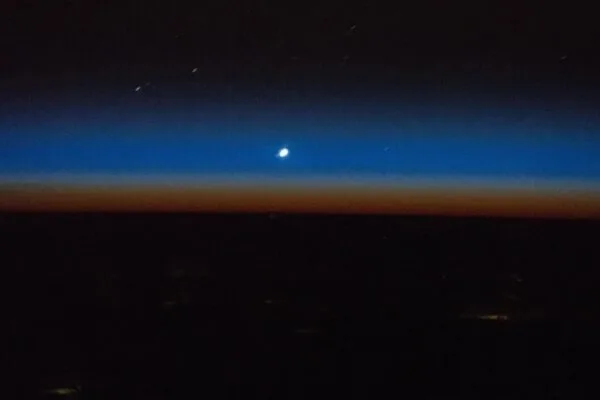
Venus and Mercury’s Rare Sunset Conjunction Marks the End of a Stunning Planet Parade – Don’t Miss It!
Catch Venus and Mercury Shining Together in the Western Sky at Sunset on March 10 – Here’s How to See It Before They Vanish

Catch Venus and Mercury Shining Together in the Western Sky at Sunset on March 10 – Here’s How to See It Before They Vanish

NASA scientists have revealed that a newly discovered space Asteroid, 2024 YR4, has a 2.3% chance of colliding with Earth—making it one of the most intriguing near-Earth objects on their radar.

New observations from the Space Photo James Webb Space Telescope of the star cluster NGC 346 are providing groundbreaking insights into the origins of planetary formation in the early universe—revealing when, where, and how these cosmic worlds first took shape.

NASA and JAXA have launched LignoSat, the world’s first wooden satellite, to combat space junk with a biodegradable solution.

NASA’s LEXI instrument is gearing up for its lunar landing this month. Equipped with advanced X-ray sensors, LEXI will observe Earth’s atmosphere as it Breathe in and out, offering groundbreaking insights into the mysteries of space weather

In this mesmerizing Hubble image, the bipolar star-forming region known as Sharpless 2-106 offers a stunning glimpse into the intensity of Snow Angel star formation. Created by the fierce energy of a young, bright star, this cosmic masterpiece showcases the dramatic and powerful processes that shape our universe.

New research suggests holographic dark energy could stop the Universe Freeze expansion.

Fossilized Alien Plant remains unearthed near a Utah ghost town baffle scientists, defying classification as they belong to no known modern or extinct plant family, sparking intrigue and further research.

Astronomers using JWST’s archival images New Asteroids have uncovered a surprisingly large population of the tiniest asteroids ever observed within the asteroid belt located between Mars and Jupiter.

Ingenuity’s Final Gift: Continuing its Mission as a Weather Station, Providing Vital Data for Years to Come on Mars